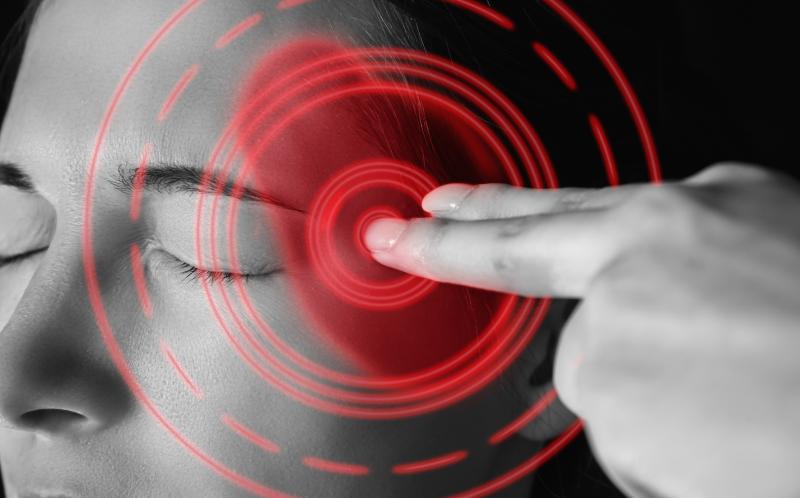
Migraine attacks herald the first symptomatic intracerebral haemorrhage (ICH) in most individuals with Dutch-type cerebral amyloid angiopathy (D-CAA), although such attacks do not predict an earlier onset of first haemorrhage, as shown in a recent study.
The study included 86 D-CAA mutation carriers (mean age, 57 years; 57 percent female), among whom 48 (56 percent) had migraine, all with aura. Researchers scored magnetic resonance imaging (MRI) scans for ICH location(s) and presence of cortical superficial siderosis.
Prevalence of migraine in D-CAA was higher than in the general population (women, p<0.05; men, p<0.001). Migraine preceded the first symptomatic ICH in 37 (77 percent) carriers, while it was an isolated symptom in 17 (35 percent). Carriers with vs without migraine did not significantly differ in terms of age and medical history.
Migraine onset occurred a median of 8.5 years before first ICH. Aura attacks lasting ≥60 minutes signaled acute ICH in 55 percent. More than half of D-CAA carriers experienced their first migraine attack after the third decade of life. The mean age at which carriers with migraine experienced their first ICH was similar to those without migraine.
Migraine with aura was associated with neither occipital ICH nor cortical superficial siderosis on MRI.
The findings indicate that migraine with aura may be regarded as an early marker of disease in hereditary CAA preceding the occurrence of symptomatic ICH by several years, according to the researchers.